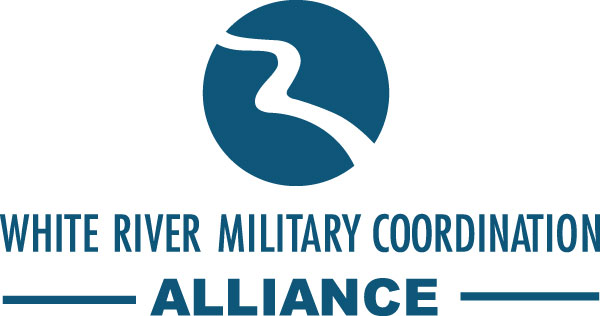By: Matt Craig, Director of Crane Community Support for Radius Indiana
During a year of growth and success, 2018 was an important year for Naval Support Activity Crane. From high profile visits from the Secretary of the Navy Richard V. Spencer, General David Goldfein, Chief of Staff of the U.S. Air Force and Rear Admiral David J. Hahn, Chief of Naval Research to multi-million dollar investments in facilities and the announcement of several hundred jobs, Crane continues to put our region on the map.
Crane released hiring plans for fiscal year 2019 that included adding over 400 new jobs for both government and contract employees across multiple disciplines. The base’s two largest commands, Crane Army Ammunition Activity and Naval Surface Warfare Center, Crane Division, will each add to their workforce to meet the demand from the Department of Defense for key activities unique to the technical capabilities, facilities and expertise found at Crane.
The new jobs will boost its already significant financial impact on our region with its civilian and contractor payroll of more than $400 million and secondary economic impacts of over $2.1 billion annually.
In December 2018, Crane Army Ammunition Activity held a ribbon-cutting ceremony for its new Crane Flexible Manufacturing Complex (CFMC), a multi-million dollar investment and is part of the Army’s modernization strategy to upgrade existing workplaces and increase efficiency. The total site for the complex is around 46 acres with three main, co-located, production buildings and a variety of support buildings dedicated to advanced manufacturing. The upgrades allow production lines and projects to have improved production rates.
Outside the gates of Crane, other local organizations benefit from investment as well. Through a $14 million annual program from the National Defense Authorization Act Section 219, Crane is able to fund additional research, technology transition and workforce development programs that can impact overall scientific research and also can make a difference to our region. Among projects funded for 2018 was a Bloomington High School South program in which students from the BHHS robotics team will design a mobile and remotely controlled robotic base structure to meet government detailed specifications. The final product the students create will be used by the U.S. Government for technology demonstration and evaluation.
Moving forward into 2019, NSA Crane will certainly build on the momentum it created over the past year to keep increasing its economic impact on our region as well as continuing as a leader in innovation, advanced technology and collaboration.
